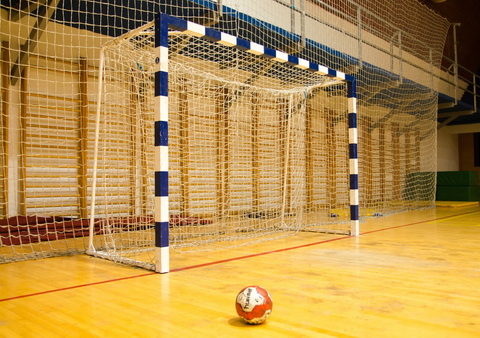
Futsal rules and regulations
In a previous article, we discussed the rules of soccer tennis. Now is the time to learn futsal. Futsal is a sport that is rapidly gaining in popularity, where soccer is the main objective. But with it being played on a small court with five players maximum per side. It follows all of the rules you are used to seeing when watching football games. However, there are different Futsal rules and regulations pertaining to certain aspects of the game. So, let’s start to read about futsal rules and regulations.
What is futsal?
Futsal is a variant of football (soccer) played on a smaller, indoor court with teams of five players.
How many players are on a futsal team?
A futsal team consists of five players, including one designated goalkeeper.
What is the objective of futsal?
The objective of futsal is to score more goals than the opposing team by striking the ball into the opponent’s net while following the rules and regulations of the game.
How long does a futsal match typically last?
A standard futsal match consists of two halves of 20 minutes each, with a halftime break in between.
Are there any specific court dimensions for futsal?
The recommended court dimensions for futsal are typically 38-42 meters in length and 20-25 meters in width.
Futsal rules and regulations
Play is started with a kickoff, after which the team player must pass the ball backward.
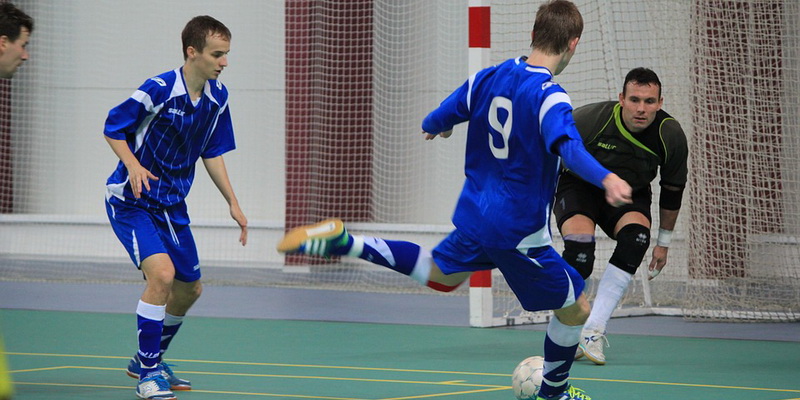
The team in possession of the ball cannot make more than three consecutive passes in the opponent’s half without losing possession. Otherwise, they will be forced to forfeit possession back to their opponents. A goal can only be scored when the player has moved away from the defenders by at least 10 meters.
By futsal rules and regulations, the ball is played with the feet and not touched by the hands, unlike standard football. They do, however, use their hands to dribble and save (similar to basketball).
The court
The court is smaller than a regular soccer pitch, measuring 40m x 20m (or 120ft x 60ft). These dimensions can vary by country and league/competition (i.e., FIFA). Lines divide the field of play which starts at the midline. Line ends at each of the sidelines, where it meets the goal line for your team’s net.
That will be an important part to remember later on when we talk about rules pertaining to attacking and defending (and penalty rules), as goalkeepers and outfield players cannot cross this line before a ball has been played with their feet or touched by another player from their team after being passed from a teammate, except in the penalty area.
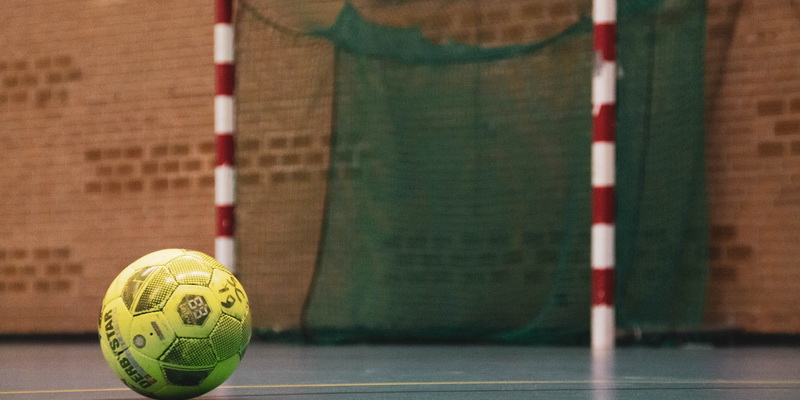
Team roster and substitutions
A team can consist of 5 players maximum on the court, including the goalkeeper. Those players are allowed to be substituted as long as it is done so in a timely fashion and before play has begun again.
Substitutions must occur:
- with permission from referees
- when play has stopped
- through players coming on and off the bench through designated areas
- only when the ball is not in play
- teams cannot change goalkeeper during a stoppage or goal-kick (the exception being if their current goalkeeper sustains an injury).
Duration of a match
A football match is divided into 2 equal halves, each being 45 minutes in length.
There are no extra periods to compensate for stoppages as play will continue as scheduled as long as there are still 45 minutes left before the end of that particular half.
In the event that matches finish with teams being on equal points at full-time. There would be a need for an extra time period which consists of two 5 minute periods where the first goal scored ends the game and awards 3 points.
On a side note, though, there will not be any golden goals or shootouts if games happen to finish level on aggregate over two legs during knockout stages in competitions such as the UEFA Futsal Cup.
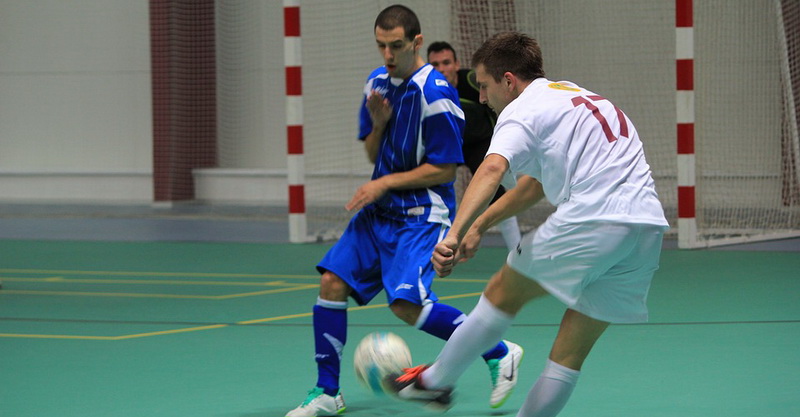
Foul and misconduct
A player can be sanctioned with a direct red card if their action(s) warrants it. These actions include:
- attempting to inflict physical harm on another
- spitting at or trying to hit/assault another player
- denying the opposing team goal by handling the ball (even if unintentional), thus stopping a goal from scoring
- preventing a promising attack on goal by holding, pushing, intentionally fouling an opponent
- using abusive language or gestures
- receiving two yellow cards in one game (individually without relation to each other).
A yellow card will lead to a warning and requires them to leave the field of play for 2 minutes; however, accumulating two will result in the player being forced to leave for the remainder of that game.
A direct red card will require the player to be ejected from the court completely for 4 minutes while requiring their team to play shorthanded.
Fouls and misconducts in the penalty area
You can only stop a penalty given when a handball is committed inside your opponent’s 18-yard box if the ball was headed towards the goal or struck directly at it by an opponent.
If these conditions are met, play will be stopped but restarted with a direct free kick taken by the defending team where the offense occurred instead of a penalty shot being awarded.
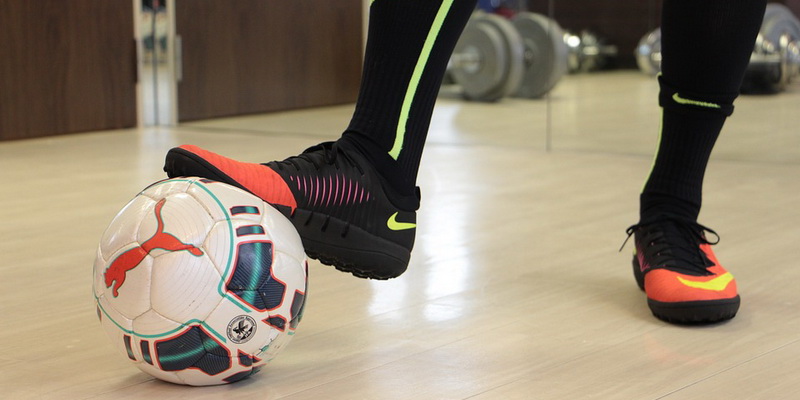
They will also give an indirect free-kick if one of these two conditions were not met (and there was no other foul/misconduct), in which case defenders must stand outside the penalty area while the attacking team takes a shot.
Futsal goalkeeper rules
The goalkeeper’s specific role differs slightly from what you’re used to seeing in a football game. Here we will discuss the rules and regulations relating to this role, including their rights and responsibilities, where they can touch/play the ball, and how many players (if any) can be inside their half at once.
Goalkeepers
Each team can bring one goalkeeper onto the court during play. Who must wear colors that contrast those worn by outfield players; this makes it easy for referees to spot them easily as goal-line officials (GLO’s).
They also have the power to stop/intercept/catch balls that are shot from outside the penalty area, and thrown-ins was taken by opposing players under certain conditions:
- when it is either kicked directly out of bounds by an opponent or aimed directly at the team’s own goal with no opposing player in between. ii)A goalkeeper cannot use their hands to touch a ball that has been deliberately kicked to them by a teammate inside the penalty area.
- when opposition players are within 6 yards of them, either facing forward or sideways, they can only pick up the ball with one hand and must pass/throw it back to a teammate quickly (this happens quickly, so referees don’t have time to penalize these actions).
Right of way
GLO’s & goalkeepers do not have absolute right of way, meaning outfield players can legally challenge any 50/50 balls on equal footing. That is done all over the court, even in the goalkeeper’s penalty area.
Time spent with the ball
When a goalkeeper has possession of the ball, all opposing players must be beyond an imaginary line that runs parallel to the edge of the penalty area and at least 6 yards from the player in possession.
Opponents can try to block a goal kick but cannot be within 10 yards from where it will land when kicked by the team’s keeper (i.e., if their teammates cannot receive it).
If either of these rules is broken, referees call an indirect free-kick for opponents, which is taken by whoever last touched/played the ball before it went out of bounds; this is given within 6 yards of where they stopped play.
Penalty area
That is the semi-oval-shaped area around a team’s own goal where its goalkeeper is allowed to touch/play the ball with their hands when it has been passed directly to them by a teammate, including during a stoppage in play.
Additionally, defenders are not allowed within 6 yards of them when this happens, and they must give way if an attacker is nearby (though they can challenge for 50/50 balls).
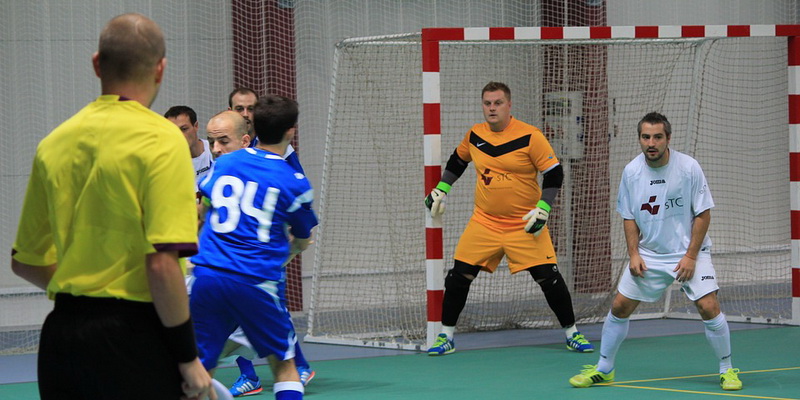
Here are examples of what can happen should these rules be broken:
- If the goalie touches the ball with his hands outside of this area, they cannot handle it again until someone from the opposing team does so first
- if another player touches the ball before an opponent acknowledges their presence, play is restarted with a goal kick to the opposing team
- and if an opponent challenges for it before an attacker does and wins possession of the ball, cannot challenge that player for it until they pass/throw it to another teammate
- if it enters their own goal directly from the goalie’s hands (not including deflections), opponents are awarded an indirect free-kick 6 yards outside of where this happened.
Futsal penalty rules
Penalties in futsal are taken like so;
- opposing players must stand at least 10 yards away from where the ball will be placed when kicked
- kicks are not allowed to go above head height,
- all players except the kicker and goalkeeper must remain outside of the penalty area (including the 3-meter line)
- they cannot play the ball until a player from each side and has touched it
- the kicker must wait for the referee’s whistle before kicking.
Referees are also charged with making sure any players who attempt to deceive them are punished accordingly; they have the power to issue yellow cards, red cards, or even stop play if they feel what is taking place isn’t being dealt with adequately.
Futsal rules and regulations - conclusion
Futsal is one of the most popular indoor sports today, with many professional soccer clubs operating their teams in major cities throughout Europe. The International Futsal Association oversees all futsal games at an international level, while federations do so at a national level. “FIFA-sanctioned tournaments occur every year across the globe for both men and women. It is an exciting, fast-paced game that demands skill, quickness of thought, and a high degree of athleticism from its participants.”
